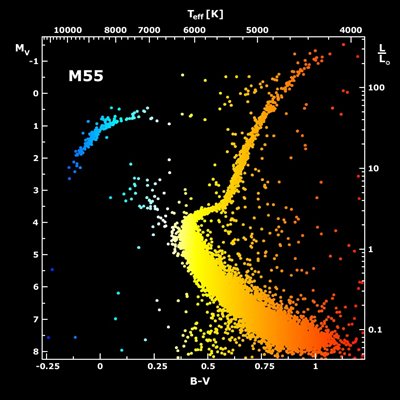 When you look at the stars, you will notice that some of them are brighter than the others. The differences in brightness are assigned with specific numbers that correspond to their magnitude. Magnitude starts from -1, which is considered as the brightest star. The dimmer a star becomes, it gets a number with a higher value. For instance, a star with 1 magnitude is brighter than a star with a 2 magnitude. Likewise, a 2 magnitude star is brighter than a star with a 5 magnitude.
When you look at the stars, you will notice that some of them are brighter than the others. The differences in brightness are assigned with specific numbers that correspond to their magnitude. Magnitude starts from -1, which is considered as the brightest star. The dimmer a star becomes, it gets a number with a higher value. For instance, a star with 1 magnitude is brighter than a star with a 2 magnitude. Likewise, a 2 magnitude star is brighter than a star with a 5 magnitude.
Some stars however can have a 5.5 magnitude or 2.1 magnitudes, but decimals are not used in mapping stars to avoid confusing it with a star. Instead, 55 is written instead of 5.5 and 21 can be read instead of 2.1.
The history of stars’ magnitude system was started by Hipparcus and Ptolemy. Originally, they classified the stars into 6 magnitudes. The first magnitude was assigned to the brightest they had observed while the sixth magnitude was assigned to faint stars that can hardly be seen with a naked eye even in a favorable condition.
There are two types of magnitudes—apparent and absolute. In determining the apparent magnitude, the visible brightness is observed without considering the distance of the star. On the other hand, absolute magnitude is brightness of the stars if the distance was constant.
